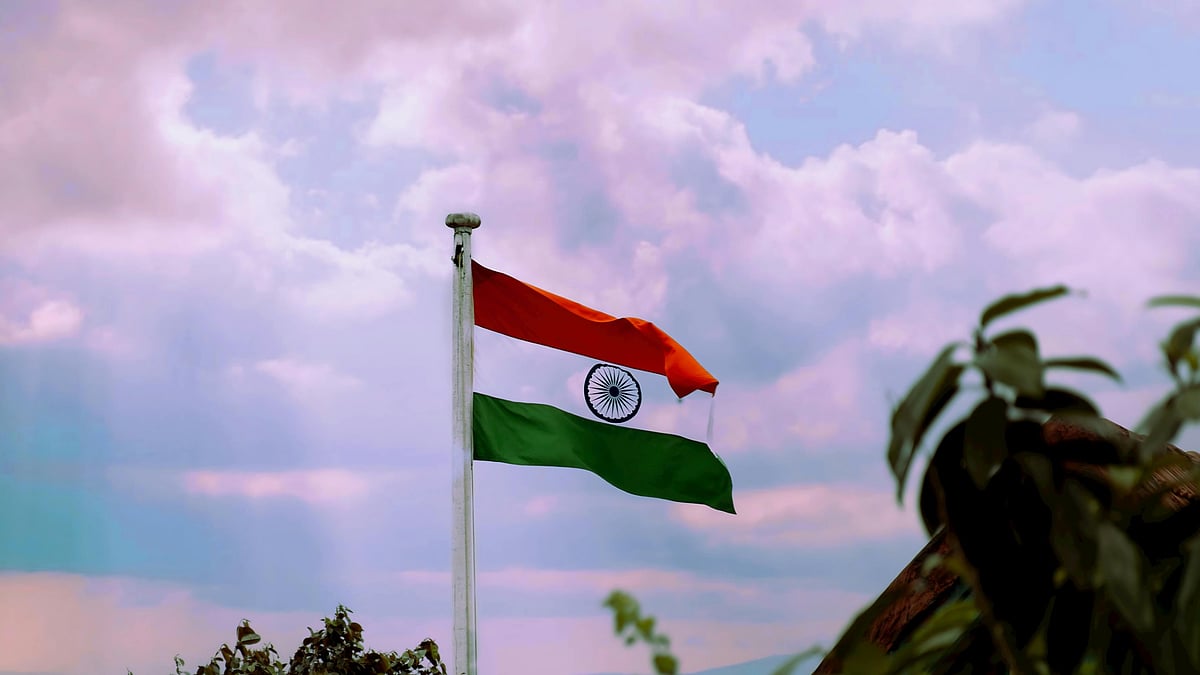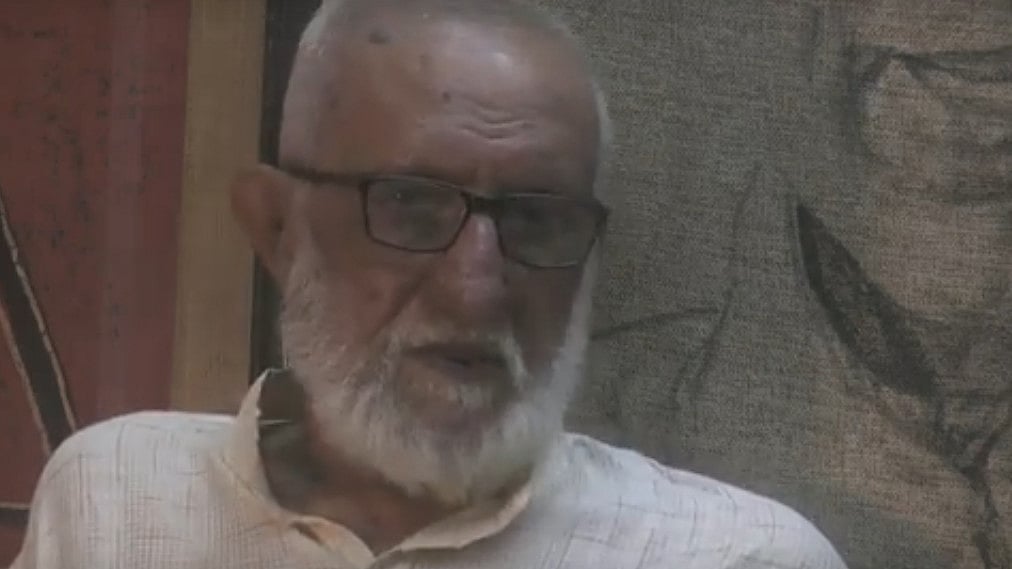The way to realise the aim of becoming a $5tn Indian economy (currently $2.9tn), is to increase the speed of and scale up investments so as to make the manufacturing sector grow in double digits on a sustained basis, as compared to the mere 3-4 per cent growth in recent times. Only then can manufacturing attain a share of around 25 per cent of GDP, presently stagnant at 16 per cent. Simultaneously, core competence, cost effectiveness and governance standards need to be strengthened, coupled with imbibing cutting-edge technology. Additional advantage could be attained by being cost-competitive. Such a path can enable India to become an integral part of global value-added supply chains.
Real game changer
The most notable reform – the Production Linked Incentive (PLI) scheme, towards achieving the above goals, was introduced during the pandemic in April 2020 and expanded in Budget FY22. The PLI provides incentives for targeted import-dependent 13 sectors in the range of 4 to 6 per cent on incremental sales over a chosen base year on domestically produced goods for five years. Notably, these sectors’ linkage with the pervasive MSME sector (via mandating higher local value addition) could prove to be a real game changer.
The plan is to create global champions for an ‘Atmanirbhar Bharat’ (ANB). Here, it is vital to understand the concept of ANB. It seems the concept is being wrongly interpreted by some economists. The key element here is the 'need to create an eco-system' that will allow Indian companies to be globally competitive, thereby making India self-reliant. The PLI initiative should help India to build a supply chain both home and abroad, for products that are critical. ANB is neither inward-looking i.e. just import substitution nor economic nationalism.
Employment for youth
The government has committed nearly Rs 2 lakh crore for five years, starting FY 22. The PLI initiative will help bring scale and size to key sectors, create and nurture global competitors and provide jobs to youth. In case of each of the 13 sectors, a holistic distinctive approach has been adopted. For ex. in case of textiles, seven mega investment textiles parks (MITRA) are being launched to support the PLI scheme to create world-class infrastructure with plug-and-play facilities to enable creation of global champions in textile exports.
Globally, manufacturing is incentivised variously - like creating special economic zones; tailored logistics and specific incentives; tax- and credit-based schemes and research and development-based approaches. India’s quantity-based PLI scheme is akin to the ‘piece rate’ method. Apart from being simple, it is considered the best method to ensure higher productivity. In the wake of investments, employment and development would follow and with incentive payments, a virtuous cycle is expected to set in. The scheme has been carefully constructed, to adhere to WTO rules. It is expected to encourage companies to indirectly commit to exports and local value-addition targets.
Benefits
The PLI scheme has gained significant traction --- easy to avail and boosting output and exports without flouting WTO rules. The incentive offered (4-6 per cent of incremental sales with a defined base year) is simple and tied to specific conditions that are easy to calculate. According to the Economic Survey, it “will ensure efficiencies, create economies of scale, enhance exports, provide a conducive manufacturing ecosystem and make India an integral part of the global supply chain”.
The PLI scheme fulfills many objectives:
· Targets specified product areas having deep linkages;
· Undertakes measures to make products compete more effectively with cheap imports;
· Blends domestic and export sales to make manufacturing competitively sustainable and
· Promotes domestic manufacturing while encouraging investment from domestic as well as abroad.
Analysis
Though the PLI scheme has been widely welcomed by Industry, two contentious issues are noticeable. One, the policy appears to carry a nationalist mindset on the ground -- raising import duties, picking winners and incentivising them. The criticism is that this policy makes the country traverse a route away from the market-based system. Raising import duties after about 30 years of reforms doesn’t bode well. Budget FY22 provided import duty protection to several products. To make our industrial products globally competitive, what is needed is sequencing of the required reforms. The responsibility to be competitive also lies with industry.
It is important to note that there is a thin line between protectionism and making domestic industry strong through incentives. The government needs to continuously have awareness campaigns, clarifying its stand on ANB. The second debatable issue is -- why only 13 products (advanced battery, electric vehicles, pharmaceutical, renewable energy, electronic and technology products, auto and auto components, drugs, telecom and networking products, textiles, food products, solar PV modules, air conditioners, LEDs and specialty steel), why not the entire spectrum?
The debate is currently on whether to stick to 13 or extend it to more products. Why are textiles included, and not leather? Based on the experience with 13 sectors, a select few may be taken up. The request of the bicycle industry to be included appears convincing, especially in Covid times. A case for widening the list is being made on the plea that as MSMEs constitute around 90 per cent of industry, these can work as anchor units for large corporates.
In the case of a few chosen sectors, some monitoring mechanism has been internally built in the policy. As the task of increasing the share of manufacturing in the GDP to 25 per cent is indeed huge, the ideal solution could be to set up an overall monitoring panel of independent experts to strictly examine the scheme’s progress and to make studied recommendations to the authorities. Leading chambers of commerce and industry and other business associations could be involved. After all, the PLI policy’s success would mainly depend on constructive cooperation between industry and government.
Good response
Within a short time, the PLI scheme has received favourable traction from investors. Telecom gear makers like Ericsson and Nokia have shown interest. Global companies like Samsung, Cisco, Ciena and Foxconn want to set up manufacturing bases for telecom and networking products for domestic and export markets. In the pharma sector, 130 companies have submitted expressions of interest. In the electronic components sector, companies like Ascent Circuits, Visicon, Neolync and Vitesco have applied. Some companies want the government to move the benchmark year ahead by declaring the pandemic a ‘force majeure’ event. Companies like Godrej Appliances (for its made-in-India new ACs that eliminate 99.9 per cent viral and bacterial particles), are banking on the scheme’s long-term benefits.
Manufacturing costs
Manufacturing inefficiencies are inherently structural. The main challenge lies in controlling high operational costs, including compliance costs, simplifying the cumbersome taxation policy and reducing complexities in business. Competitiveness gets dented with high cost and poor quality of power, exorbitant logistics cost, distorted credit access for MSMEs, low labour productivity and abysmal research and development assistance. Regulatory uncertainty and contempt for legitimate profit-making are familiar to every entrepreneur. It is indeed welcome that the government has initiated reforms in all these areas, which need to be speeded up. States are being ranked on ease-of-doing business, just like the World Bank ranks countries.
Summing up, after a string of inept implementations. it seems that the government has got the PLI scheme right, except for the criticism about it being protectionist on the trade front. Apart from clarifying this, the government should go all out to enable companies to meet their targets. It should facilitate their operations by improving logistics, ensuring water and electricity and enabling companies to freely produce and get their products to market. This will not only boost employment and production but also quicken private investments that have remained dismal for over four years now.
The second Covid wave could spark greater economic uncertainty and may impact the PLI drive adversely. Though the PLI scheme is growth-oriented, it requires constant nurturing, so that its effective execution is assured. All stakeholders will have to work jointly to run the PLI scheme, as only then would India be able to attain its vision.
The writer is a corporate economist









